Perhaps if there is a synonym for luxury, it is undoubtedly Cashmere. Soft like silk to the touch, warm and pleasant like the early summer days, and elegant like no other wearable, Cashmere is one such fabric that is sure to turn heads in whichever form, colour, or pattern it is. Manually acquired threads get handwoven to make luxury apparel and wrap accessories, and these are treasured and held dear by patrons alike. It is the painstaking efforts of hundreds of skilful artisans that go into making every single Cashmere scarf or wrap. In ancient times, only the kings, queens, nobles, and affluent population could afford Cashmere. Cashmere wraps would be given by nation heads to each other as a mark of good relations between dynasties. Hence Cashmere wasn't just a piece of fabric. It was a heritage souvenir that held a high stature in the eyes of the masses.
The love for Cashmere and the invention of fakes
For these reasons, Cashmere has always been the first priority of those who are rooted in their traditions. The luxury fibre is also enshrined by those with a classic taste in fashion, who are inclined towards timeless and sophisticated styling. And since the time when Cashmere shifted from conventional styles to contemporary patterns, it's not just art patrons, but fast fashion followers who would love to have a piece of it. The demand for Cashmere went up high, just to see a slight downfall in the same.
Since Cashmere was a luxury and earned its traders huge amounts of money, it got imitated in a number of ways. Several traders grew greedy with time and planned to sell fake Cashmere fabric. This fake fabric wasn't as luxurious. In fact, the new Cashmere fabric wasn't anywhere close to the original one. New Cashmere scarves were found to be less warm and rough to the touch. Or else, these wouldn't last after a few years. This created a sense of insecurity in the common mass, as customers felt deceived. This was because their newly purchased, highly invested shawls, were nowhere close to the original art form.
Why check a Cashmere scarf for purity?
When traders saw a rising demand for Cashmere wraps and scarves, they introduced mechanisation into the trade. Now Cashmere fibre could be processed by machines, and one wrap which took days to prepare was now ready in minutes. But how would a fine fibre as Cashmere survive machine strain? Traders added artificial strengthening fibre like silk, nylon and others to Cashmere, so that it could pass through machines easily. This type of Cashmere wasn't pure and caused the downfall of the industry. True patrons were victims of deceit by sellers, and their Cashmere scarves wouldn't last even a year due to contamination, so they quit buying and wearing Cashmere. Hence the industry took a turn towards decay.
As soon as their efforts seemed to be getting wasted, the supporters of pure Cashmere brought to light a number of tests which could be done on Cashmere, to know if they are pure or not.
Yes! Your Cashmere scarf can be impure. In fact, that might be the reason it is not as warm, as smooth, as comfy and stylish as you thought it would be. You might have invested a lot of money, energy and time to make this purchase, but still, your newly purchased piece might disappoint you.
How is fake Cashmere made?
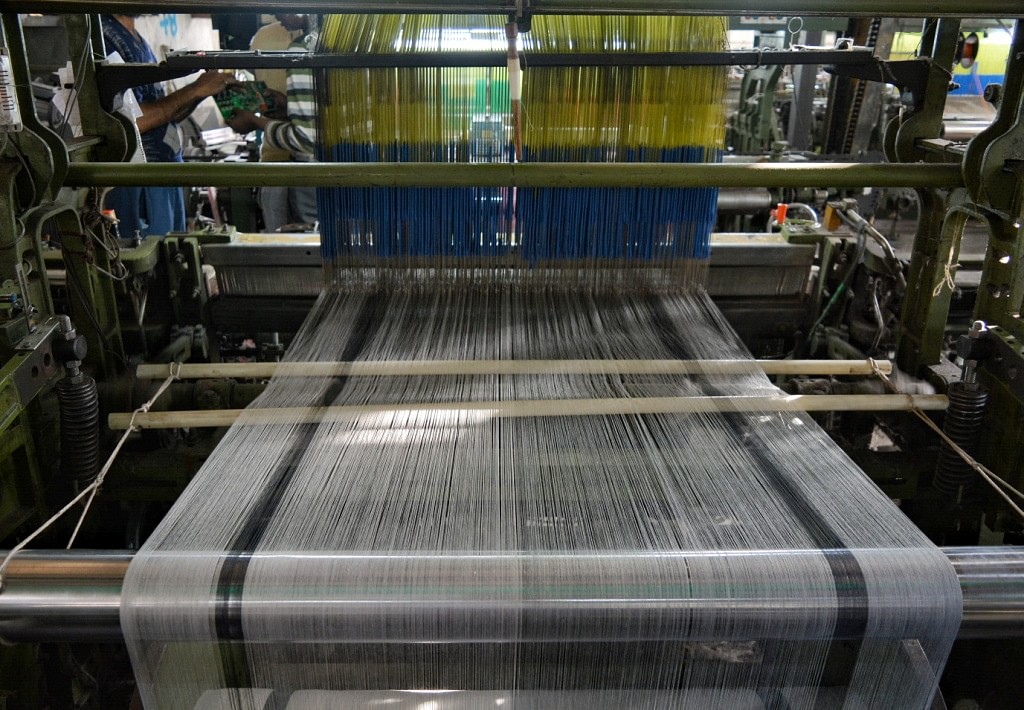
Fake Cashmere scarves are simply those which do not contain 100% pure Cashmere. There are many categories of fake scarves. Here is a list of them all
- The first category is Sheep wool scarves, which are, at times, used as Cashmere scarves. These are treated with chemicals which make them soft and smooth like Cashmere. This treatment decreases their life as well as shows their real face after a few washes.
- Another category of fake Cashmere is those scarves or simply the fabric in which, along with Cashmere threads, a strengthening fibre is mixed. This category needs strengthening fibre as it has to be passed through a machine. Hence, nylon, polyester or silk is mixed with this fibre so that it is able to bear the strain of the machine (power loom in this case) used to weave.
How is a real Cashmere Scarf made?
The making has two phases. One is the Procurement and other is the Crafting. It is known that at high altitudes, the temperature lowers to the minimum. The winters are the harshest in this region of Changhthanghi. Therefore, the Changra Goats naturally cover their bodies with thick wool to combat the harsh winters. All along the winters, the thick wool reserves the heat beneath their bodies giving them the warmth of nature. On the seasonal change in climate, the goats naturally shed off the wool with the help of coarse rocks and trees. To overcome the heat of summer, they eventually shed off the thick wool mostly from their bellies, neck region, and behind the ears. In addition, the herders also comb out the wool manually. The soft wool is Cashmere wool.
The Crafting begins in the Valley of Kashmir. After combing out the Cashmere wool, it is cleaned from the excess dust and filled in the packets to transfer to the valley of Kashmir. The Cashmere wool is sorted and undergoes several procedures in the valley itself. The cleaning, drying, and soaking make the Cashmere wool vividly clean. Afterwards, the Cashmere wool is translated to the finest fibres by the process of spinning. The yarn of fineness is transferred to the handlooms in the valley to weave the yarn into several styles of accessories. The whole process of spinning and weaving the finest Cashmere is called the Art of Pashmina. Moving along the art of Pashmina, several other processes like dyeing, printing, interweaving, and embroidering the Cashmere cater to the exclusive collection of Cashmere Scarves.
Is my Cashmere scarf Real?
To check if your Cashmere is real, here is a list of 5 tests you can carry out to check the same.
The Burn Test
The burn test is one of the most convenient tests that one can conduct at home. All one has to do is find a safe place to execute the same. One needs a matchstick or lighter, and the Cashmere product needs to be tested.
To start the burn test, take a few fringes of your Cashmere scarf and burn them. If the smell is like that of burnt hair, your Cashmere is pure. This is because Cashmere is a natural fibre and will give off a pungent burning smell. In addition to the smell, the burnt part should feel matte and should reduce to a powdery substance.
Uneven Weave of a Cashmere Scarf
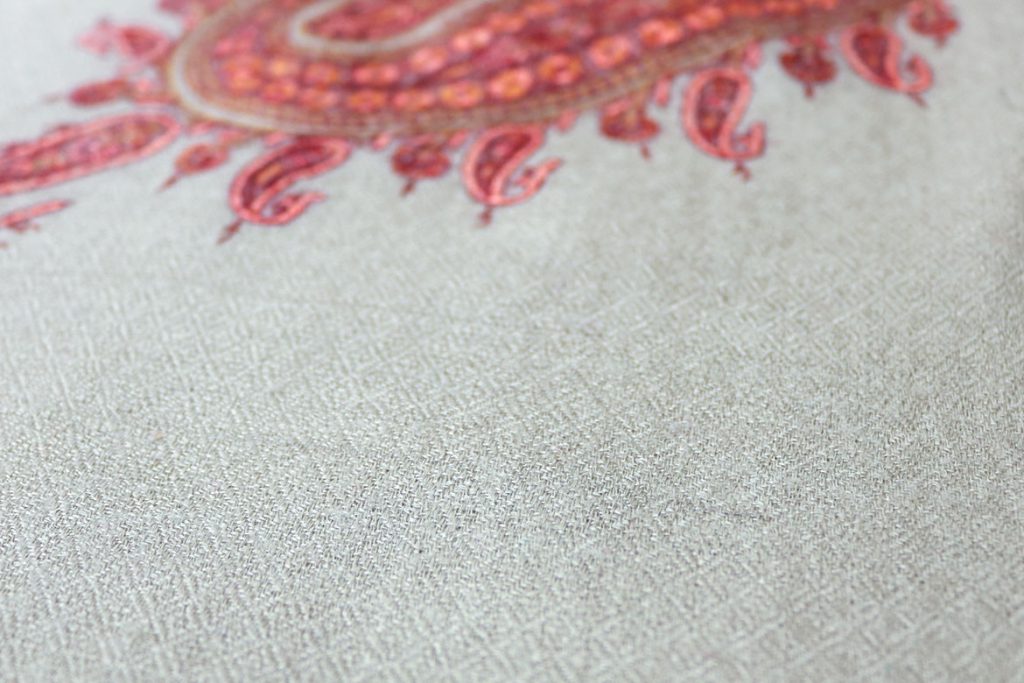
Another easy experiment that one can conduct at home is checking the weave of a scarf. Noticing closely the weave of a scarf one might feel that pure Cashmere is flawed. But when comes to know about the beautiful reality of those irregular weaves, he truly falls in love with the masterpiece he has owned for a long time.
Perform this experiment at home. Hold the Cashmere scarf against light and notice the weave carefully. If the weave is uneven and irregular, your scarf might be pure. The uneven weave is a sign of being handcrafted. It is just machines that can weave scarves in regular patterns and in symmetry. Handmade will always leave a graceful flaw, which will tell the story of its making and being.
Is your Cashmere glowing?
We often fall for fabrics which have an innate sheen on the surface. Such fabrics look graceful as well as extravagant on wearing. But is it true for Cashmere too? Is a seemingly polished Cashmere real or simply a gimmick to attract those who have less knowledge about the same?
Well, the bad news is that there are chances that this gleaming is a sign of your scarf being fake. Too much shine definitely means that there is an amalgam of a foreign fibre along with your Cashmere scarf. There might be traces of silk or nylon in your Cashmere scarf that are forcing it to have a satiny glow. But this is a deceptive trick. Cashmere has to be matte.
Does your Cashmere pill?
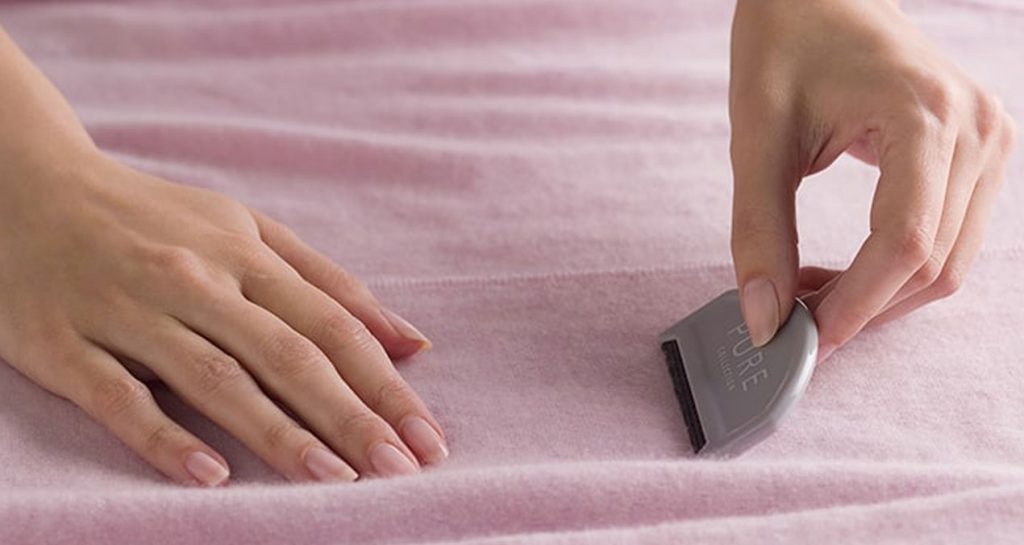
Who doesn't hate the mere sight of bobbles on a fabric? How shabby and withered do the fabrics look when the tiny woollen balls occupy their upper surface? Bobbles look so bad that there are a large number of tools in the market that help remove the bobbles and make your favourite shawls, sweaters and outfits smooth and clean once again. But is this the case with Cashmere? Does Cashmere pill? Is Cashmere with pilling real or fake?
Surprisingly Pure Cashmere scarves do pill. This is because these are made from natural fibres, and natural fibres always pill. If your Cashmere hasn't done so for years together, there might be nylon or silk mixed with it. Natural fibres do have a tendency to pill and with time they will do so. One can simply use tools from the market to remove these bobbles and make their PURE Cashmere scarves new again.
The Rub Test
The easiest way to find out if your Cashmere is pure or not is by rubbing it. Take one of the ends of your Cashmere product and simply rub it with your fingers. The logic behind it is so simple. Fake, polyester adultered fabric will assemble status electricity when one rubs it. So if you rub your Cashmere scarf and it produces a tiny little spark or you hear a sound of a spark being lit, there are high chances that some polyester has been mixed with the scarf. In other words, your Cashmere scarf is not pure.
Look for the diameter of the fibre
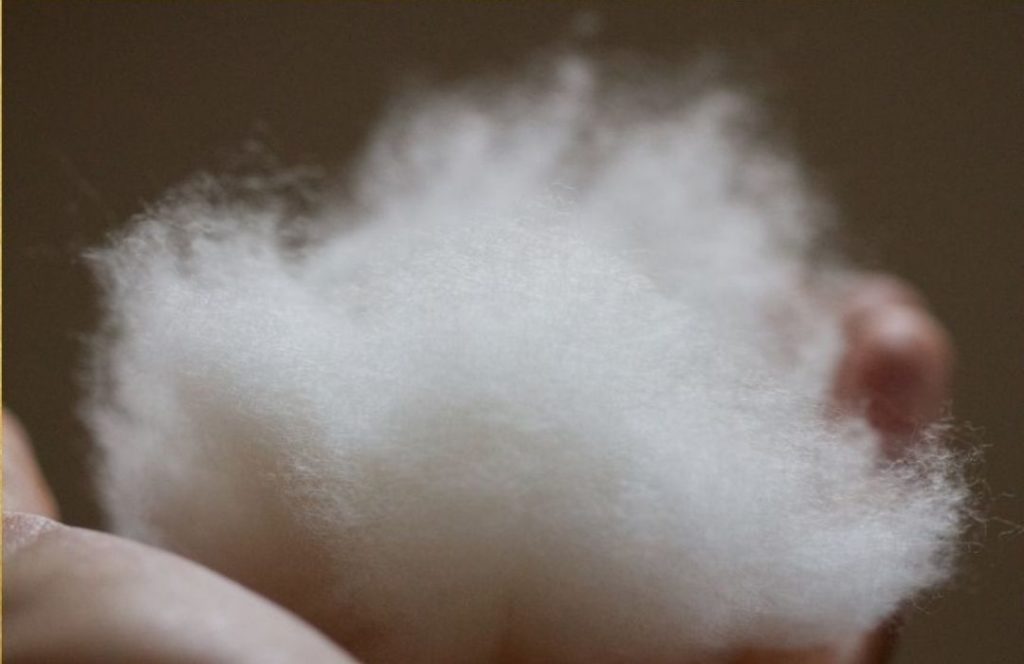
If you have a testing lab nearby, then you are the luckiest when it comes to Cashmere testing. Lab testing is the best way to test Cashmere when looking to check the originality of a Cashmere shawl/scarf. Original Cashmere has a 12 -16 micron count when it comes to thickness. Over 16 micron-count will make a shawl thick and rough. The low micron count makes Cashmere scarves and shawls light as well as immensely warm. Hence one should visit a lab if located nearby.
Is your scarf itchy?
Often users complain about the purchase of Cashmere which was too itchy to wear. They said that suddenly they had rashes on their neck and shoulders, wherever the scarf touched their bare skin. Is this the case with Cashmere? If yes, why would one invest thousands?
Pure Cashmere is soft and smooth. It never causes any allergic reaction to the skin. This is because Pashmina is hypoallergenic, and its loose fibres do not stick out of the base. The texture is too smooth to itch.
Warning: However, if you are already allergic to natural fibres, such as wool or silk, then there are high chances that Cashmere too will make you itchy. You can either add a lining of any synthetic fabric to it or avoid wearing it over bare skin.
Buying a New Cashmere
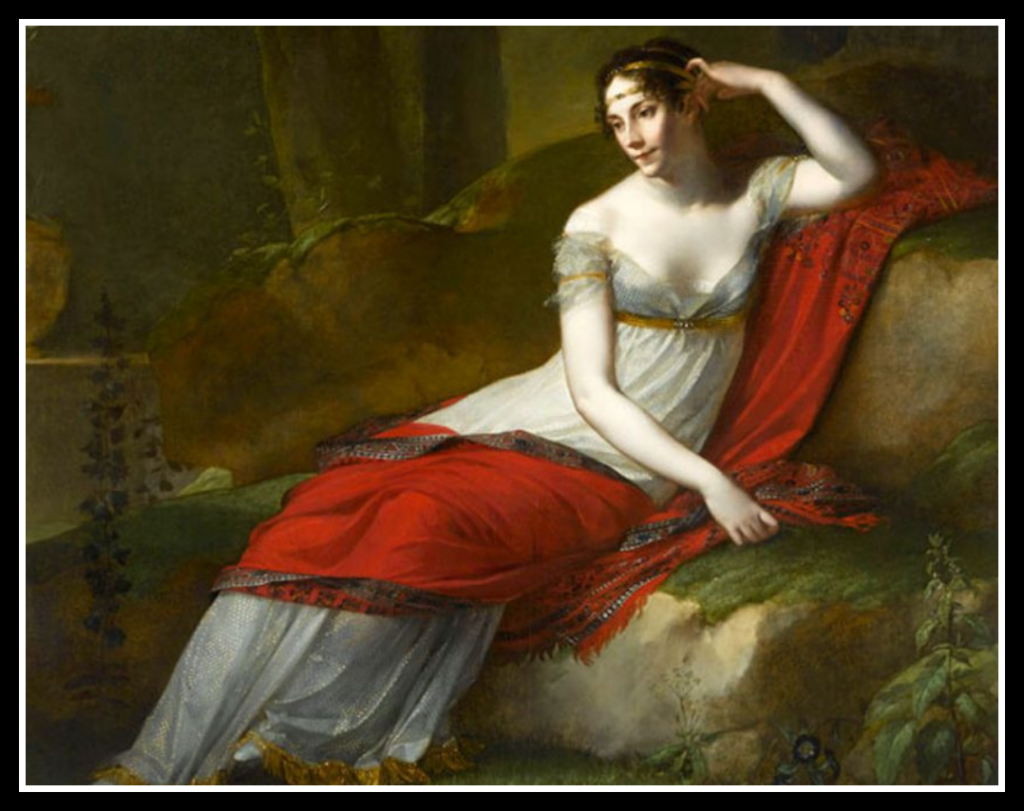
Who doesn't want to buy Cashmere? Women, since the 18th century, have been totally obsessed with Cashmere scarves. It was Empress Josephine who set Cashmere scarves to timeless fashion, and since then, women, with a high fashion sense have never looked back. Even now, a large portion of women, who are true patrons of this particular art form, prefer Cashmere to anything else in the world.
However, if you are purchasing a new Cashmere scarf, you need to be extra careful, so as to protect yourself from being deceived. Here are a few tips to keep in mind.
Check GI tag
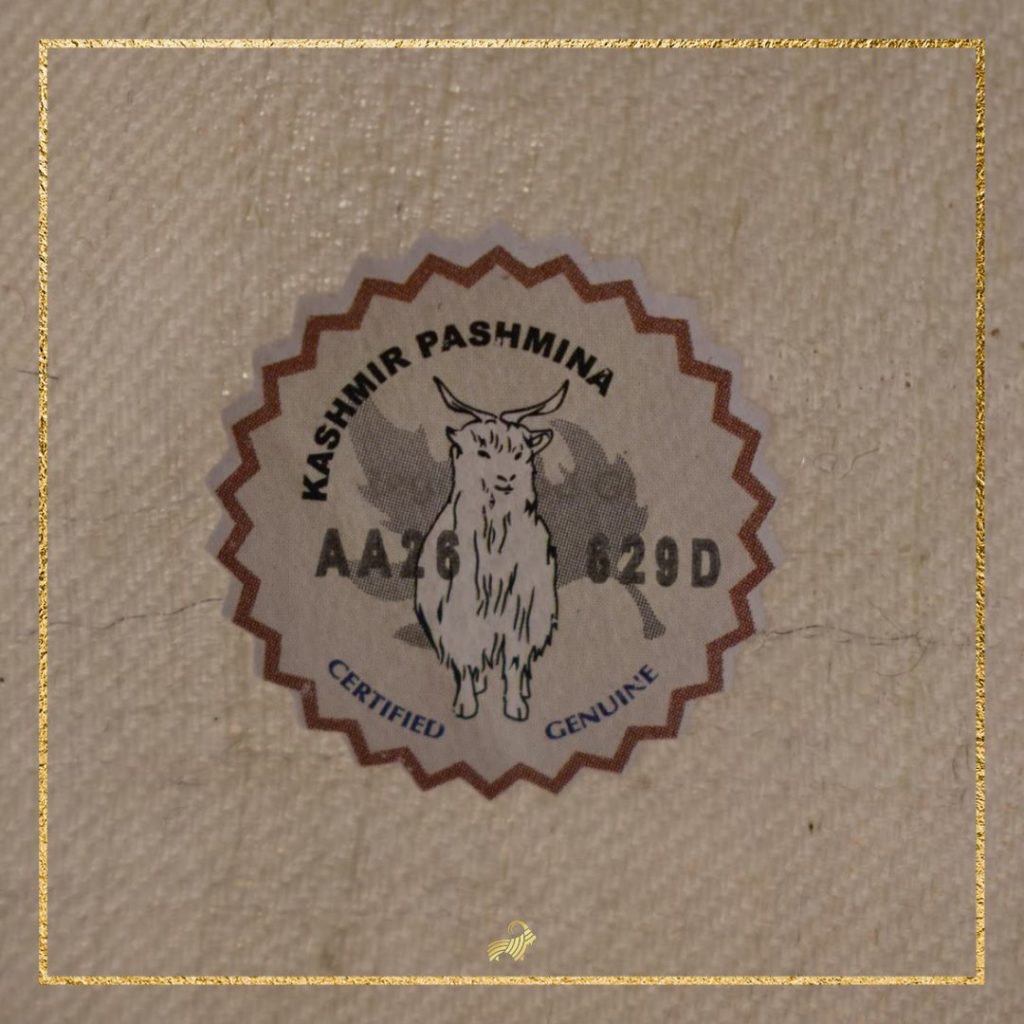
To preserve the centuries-old art of handcrafting pure Cashmere, the Government of India (Under WTO) has established a quality check for authentic Cashmere that will identify products made from fibre of Changthangi goat. A geographical Indication (GI) Label on Cashmere is a US patent stamp on the original Cashmere fabric. If you are buying a scarf it contains the GI stamp, it is 100% pure and authentic.
To qualify for a Geographical Indication (GI), a Cashmere scarf/shawl or simply fabric needs to quality three criteria:
How to spot a GI Cashmere?
- Cashmere fibre needs to be hand spun if it needs to fall under the GI purity standards. Hand spinning involves transforming lumps of raw Cashmere wool into the fine fibre. This is done manually by womenfolk and it needs immense hard work and patience. But manually processing raw Cashmere makes it even more fine and high quality. Manually spun fibre is just 12 to 14 microns in thickness.
- Cashmere also needs to be hand woven. Hand-weaving Cashmere wraps and scarves take a few days or months, but manual weaving, with traditional handloom, makes Cashmere fabric the luxury that it is. A hand-woven Cashmere shawl or scarf, or outfit made from the same is the actual luxury that people look for. And that is why handmade Cashmere is the real GI Cashmere that is 100% real.
- The Cashmere fibre should be under 16 microns. For a Cashmere shawl/scarf that has to be qualified to be a GI product, its fibre should be under 16-micron thickness. When the fibre is under 16-micron thickness, it naturally makes the scarf lightweight and flimsy.
The GI certification or labelling is done by Pashmina Testing & Quality Certification Centre (PTQCC), Craft Development Institute (CDI). This lab is owned and managed by the GOI (Government of India). Labelling is done carefully, after proper testing & technical examination of all Cashmere wraps individually.
Certificate of Authenticity
If your seller is able to produce a certificate of authenticity with the scarf that he is selling you, then the wrap is pure. Generally, shawls or scarves are tested in batches, and a single certificate is given for a large number of shawls. This is the certificate that the seller of shawls should be able to produce. If he is not, there is a high chance that he is selling you fake pieces.
Whether you already own a Cashmere scarf or you are planning to purchase a new one, always look for the reputation of the seller. Be careful about who you buy from. Check the seller's authenticity. See his customers. You are buying a treasure. Never compromise on anything. Don't let anyone deceive you in the name of pure Cashmere. Cashmere is an investment of a lifetime. Pure Cashmere will stay for more than 25 years. It ages gracefully and acquires an heirloom status with time.
Disadvantages of owning a fake cashmere scarf
When it comes to the admirers of original Cashmere making art (the art of Pashmina), they are choosy whilst they make a purchase. But for some, buying Cashmere isn't a big deal. Even if their Cashmere scarves or shawls prove to be fake, they don't care. The only advantage that fake scarves have over original scarves is the price. And why not. If you are adding 50% nylon to 50% Cashmere, why would you even sell it for a huge price? Or if you're selling sheep wool as Cashmere, why would it cost thousands of dollars? So should everyone pick a fake Cashmere and ditch the original art?
Even though fake Cashmere might feel like a safe bet when it comes to price, it might be one of the biggest mistakes that the wearer makes. Here are the drawbacks that a fake Cashmere scarf will have when compared to an original piece.
Why not buy a fake Cashmere scarf?
- Fake Cashmere will never feel like Cashmere. The feeling of real Cashmere is luxurious and a person naturally experiences an extravagant touch. Cashmere is handmade, and handmade goods are always different to touch. This is the case with Cashmere, and it feels exceptionally soft on the skin. Original Cashmere never causes any allergies because of a buttery smooth touch, but a fake Cashmere shawl or scarf will feel rough if there is sheep wool in it, or its quality will deteriorate after a few washes.
- Fake Cashmere will never be warm or will be moderately warm. Some might even feel suffocating, unlike the original Cashmere. Real and pure Cashmere shawls and scarves will feel pleasantly warm, and warm enough to ditch heavy jackets and sweaters. With time, these fake pieces will lose their strength and stop providing any sort of warmth and one will have to discard them or use them for any other purpose.
- Fake Cashmere will never last as long as original Cashmere will. Original Cashmere is believed to last for over 20 years without losing a tad in its grace and heirloom looks. But a fake Cashmere definitely will prove to be a fabricated piece when it loses its looks just 2 to 3 years down the line.
- Fake Cashmere will never carry a graceful look as an original one will. Pure Cashmere wraps or scarves look like an heirloom pieces, as if straight out of an ancient Mughal court. But fake pieces will look pretty for a few months. Especially after the first wash, fake pieces deteriorate like anything. Moreover, if you want to gift Cashmere to your loved ones, then you definitely will have to choose an original Cashmere. If the gifted piece gets damaged, it might cause remorse later.
Why should I invest in a pure Cashmere scarf?
One might ask the question, “Why should I buy real Cashmere? A large number of women buy cheap Cashmere at much less prices, and then claim that this fake piece is the same as the original one. This is absolutely false. There are many differences between pure and fake Cashmere. Here are some beautiful qualities of pure, original Cashmere that make it worth buying.
Also read: IS MERINO WOOL BETTER THAN CASHMERE?
Why buy real Cashmere?
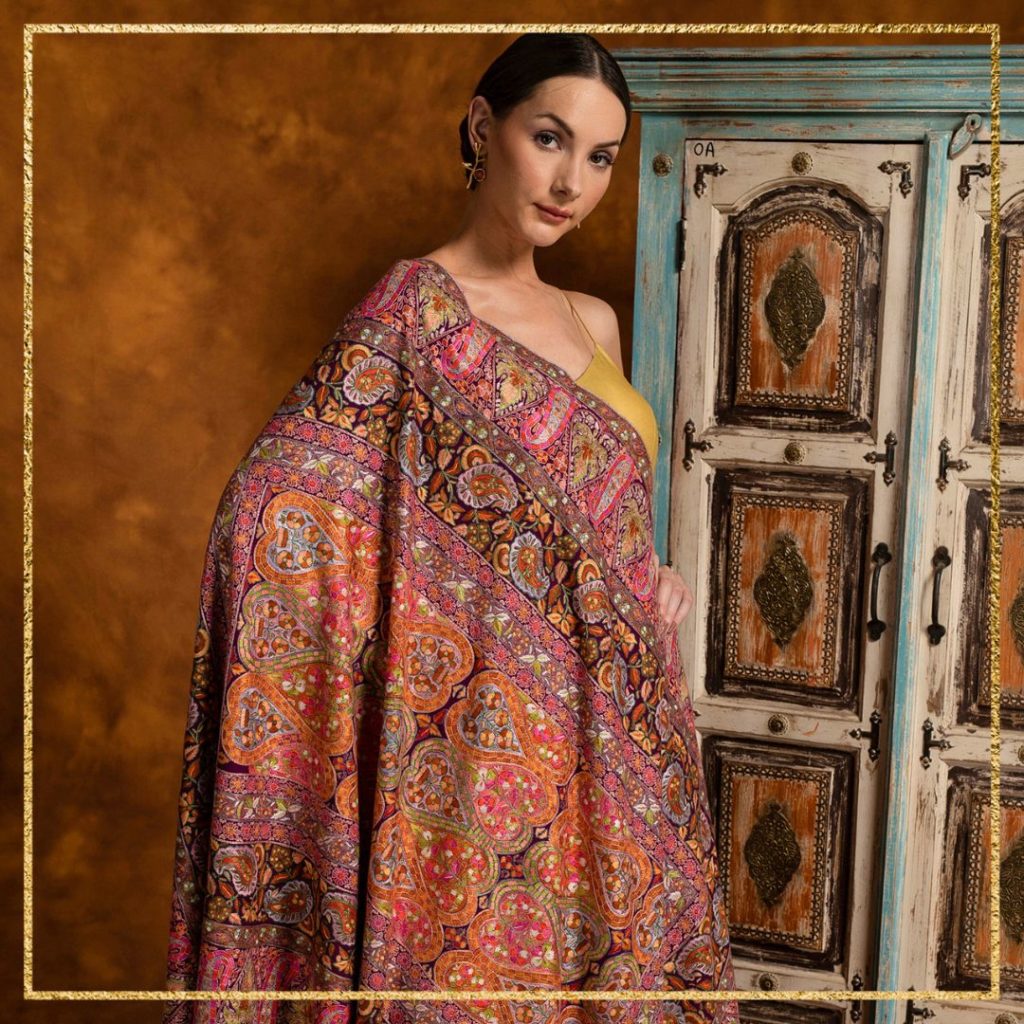
- Pure Cashmere looks unparalleled. Its looks communicate to the onlooker and the wearer that the piece has been picked up straight from a painting. It looks graceful, elegant and evidently luxurious. This is exactly the reason why European royals as well as Indian nobles were allured by the same and wanted to own at least one.
- Pure Cashmere keeps one warm as the summer sun does. Shawls and scarves made from real Cashmere keep one warm enough to stop using the heavier and tucker jackets and cardigans in winter and fall. Just one Cashmere shawl or sweater keeps other layers away. This is the reason why Europeans were the first ones to prefer Cashmere over anything else, as the temperatures of most of the countries in Europe demanded warmer accessories.
- Real Cashmere lasts for an entire lifetime. There are women who have had shawls made from real Cashmere over 20 years of age. And when asked if these shawls were withered, the women claimed that the shawls got newer as much as they used them. Real Cashmere shawls or wraps acquire an heirloom look as they get older.
- Real Cashmere shawls or scarves are handmade. These are prepared by underprivileged artisans who work their hearts and soul, for months or years together to conjure a single piece. Hence, encouraging them, as well as this sustainable model of handcrafts is a responsible step.
- Real Cashmere might be pricey, but it gives one a sense of luxury. Wearing real Cashmere is like pampering oneself, in the way that one looks and feels extravagant. Whether you wear Cashmere scarves to a regular office, or to lavish weddings and events, it makes you look really graceful and sophisticated.
Our Bit for Pashmina
If it wasn't for fake Cashmere shawls and scarves, real Cashmere would never have suffered. But because fake shawls created confusion and distrust amongst the general masses, real Cashmere suffered, even though it was an asset. Hence it is more or less an obligation, especially for the patron of Cashmere, to look for real Cashmere. We need to put in our best efforts to look for real Cashmere to reap the benefits of the same. In addition, we as a platform for Pashmina have revived the essence of Pashmina to its core to make you cherish every dime of the Pashmina Accessories.
Also read: 8 REASONS TO BUY A CASHMERE SCARF NOW!